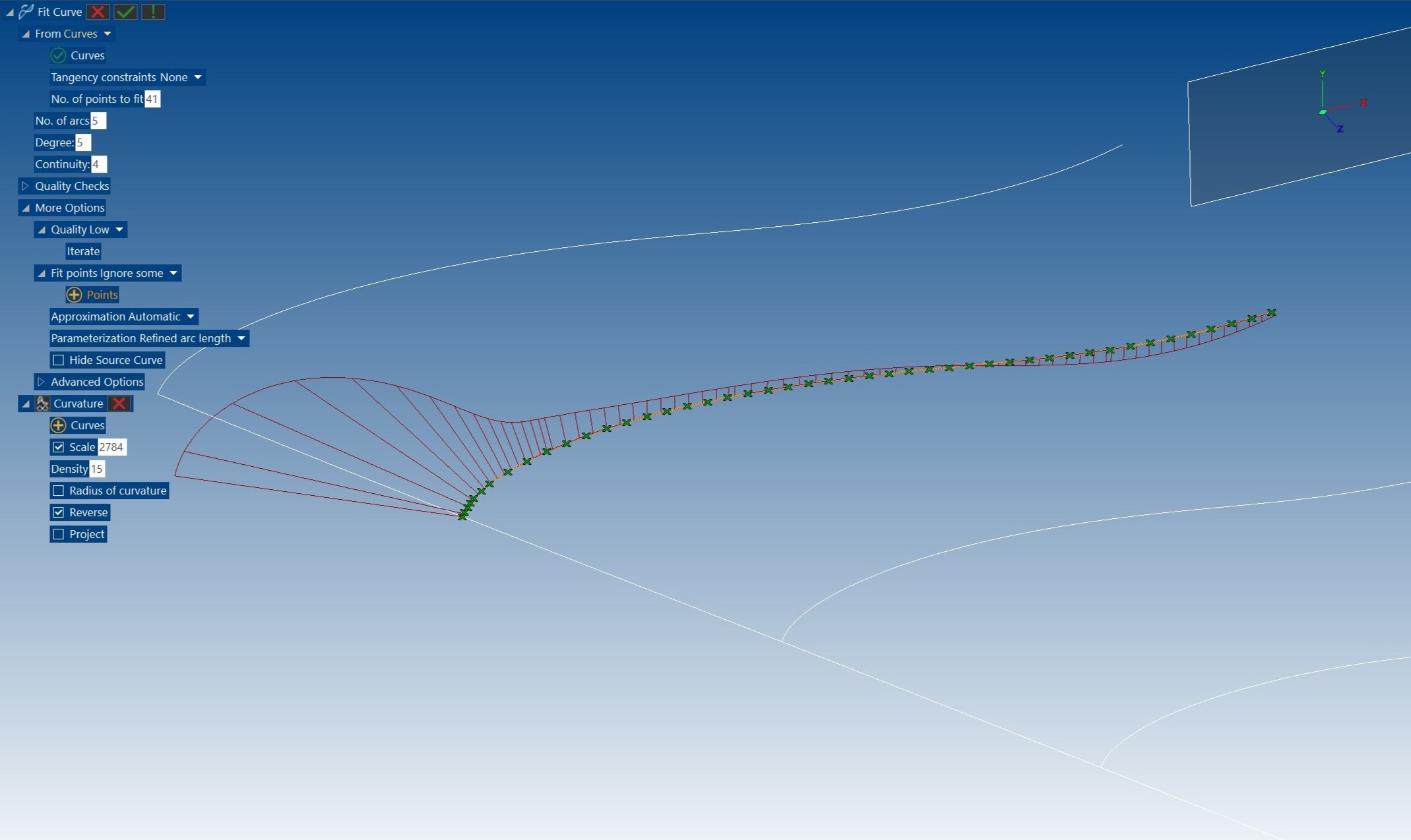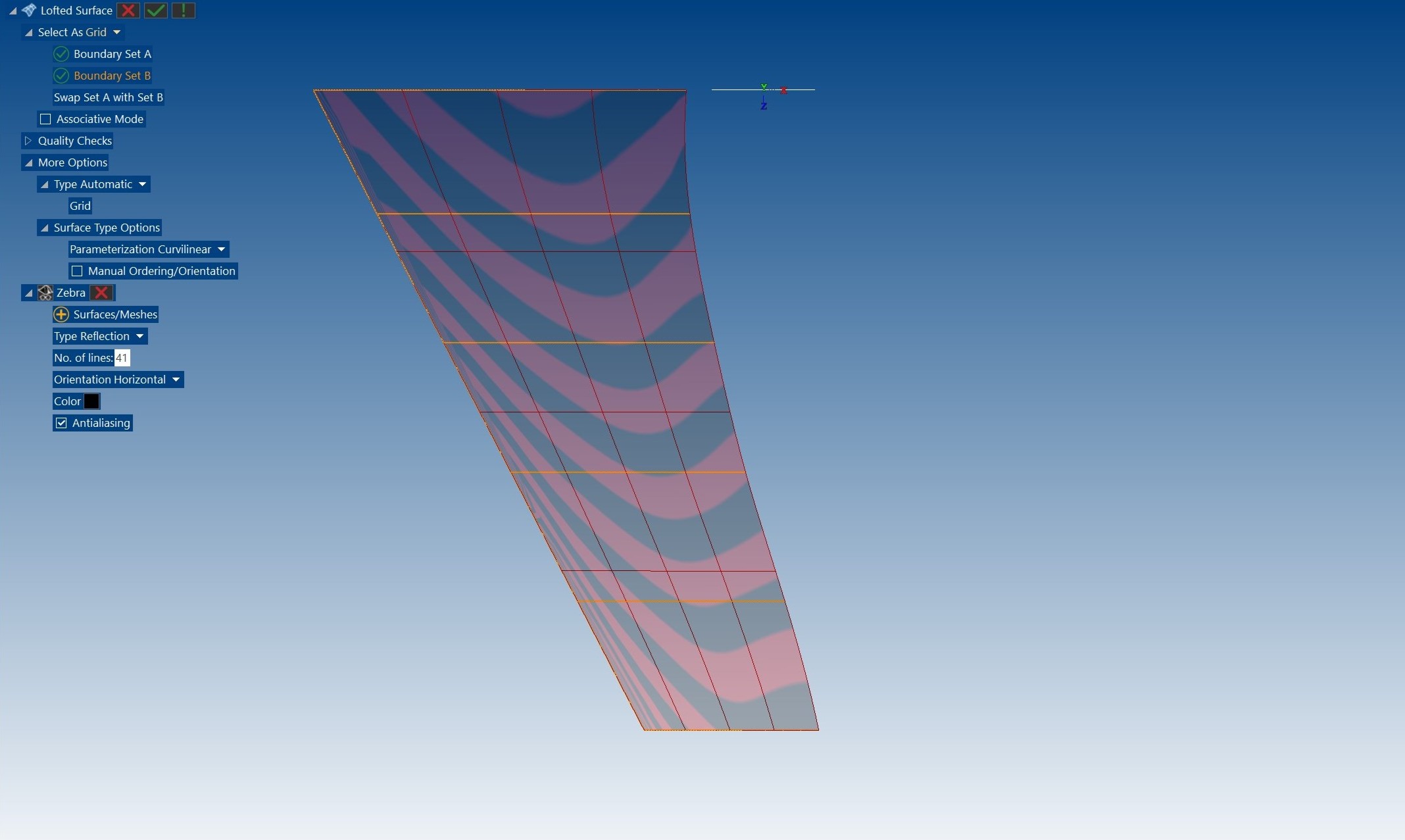Focus On: High Quality Reverse Engineering

In this article we are going to describe how to handle a High Quality Reverse Engineering process in ThinkDesign multi-geometry environment. Starting from the 3D scanned mesh of a physical object, we will highlight the commands and features used to reconstruct the model in terms of NURBS surfaces.
In the previous article, we introduced the use of Meshes in the Reverse Engineering process. We described how the Mesh format has entered the product development cycle thanks to the progresses of 3D scanning technology and how it is used in a large set of activities interacting with the processes of design, quality check and production.
We also highlighted how ThinkDesign multi-geometry environment offers a wide range of tools for healing, repairing and directly manipulating the mesh geometry in order to ensure its accuracy and usability in preparation for the surface modeling.
In the following example, before starting with the surface reconstruction activity, we will first focus on the 3D mesh object to fix some inaccuracies, which may be due to the scan itself or to defects actually present on the scanned part.
The image below shows a mesh model representing a drone prototype that has been imported to the 3D environment from an STL file as a triangular-faced mesh.
Each shell of the mesh is separated from the whole structure to better focus on the single components making up the object, and the central parts representing the fuselage are split along the symmetry plane (Separate Mesh and Split Mesh with Plane commands).
The common issues of each mesh are then repaired: gaps, holes, self-intersections, and non-manifold geometry are automatically detected and fixed with the help of the mesh quality tools (Repair Mesh, Fill Mesh Holes, Remove Wrong Faces and Sew Mesh commands).
Before it is suitable for further processing, the mesh must be refined to simplify its structure and make its surface smoother (Refine Mesh and Smooth Mesh command).
Section curves and character lines are extracted over the mesh to determine the basic topology of the model (Section Curve, Mesh Character Lines and Curve on Shape through Interpolation Points command). Taking into account that the mesh entity, as accurate as it may be, actually represents an approximation in terms of planar triangles, the curves generated may need to be refitted to maintain the desired shape and avoid sharp angles (Fit Curve command).
Quality checks on the resulting curves definitely help ensure the base for high-quality surface generation (Curve Curvature command).
Surface reconstruction is carried out with advanced surface modeling features, which provide maximum freedom and full geometric shape covering.
Lofted surfaces are quickly generated with a semi-automatic process which aims to choose the best suited types among ruled, stretched, proportional, grid or connect surfaces (Lofted Surface command).
Analysis checks can be performed during the surface generation and they provide a fast feedback on the quality of the surface type chosen (Zebra Analysis command).
Differences in distance can be computed between the mesh entity object and the surface generated to provide more information about any error (Two-Entity Distance Map command).
Blending surfaces are inserted to connect the boundaries of the wing surface with the tip and the fuselage (Connect Surface command). The resulting surfaces are generated by controlling their smoothness and by matching required continuity conditions along the contours.
High quality capping surface can be generated providing mesh data as reference constraint for the shape of the resulting surface (Super Capping command).
During the surface generation, high priority is given to get Class A surfaces, which preserve the condition of the input data and at the same time satisfy the constraints as much as possible.
Having reconstructed the object in terms of NURBS surfaces provides a starting point to refine and optimize the model, enhancing its performance and manufacturability.
Further modifications and improvements are possible at any time of the process by means of solid modeling operations and features as well as associative surface modifications.
Thanks to ThinkDesign we have been able to carry out the complete High Quality Reverse Engineering process, from data acquisition to surface reconstruction, in the same unique 3D environment.













